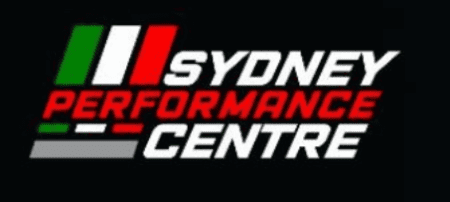Workflow management rules are a set of rules and procedures that regulate the completion of workflows. They specify which steps should be carried out and at what times it is possible to follow the most efficient route to reach its conclusion. When a company employs a structured workflow to automate its most repetitive, predictable tasks, it frees up employees’ time to concentrate on strategic tasks.
Workflows are offered in various formats to meet the needs of every project. A sequential workflow, as an example one, is one in which the next step cannot start until the previous one has been completed. This is www.managingworkflow.org/2021/12/06/business-process-optimization-pros/ typical in workflows that manage expenses, where employee reimbursement requires receipt submission and payment authorization.
A state-machine workflow is an arrangement of activities that occurs on an item in a specified sequence. Every action puts the product into a different state, such as “being completed” or “being written”. State-machine workflows could also have additional rules in place such as if this-then-that conditional logic – that configure the flow of the process.
Furthermore, parallel workflows contain many steps that can be completed in parallel to achieve a desired goal, such as processing and mailing an item to a customer once the company has confirmed that it’s in stock. These can all be automated with a workflow program.
With the right tools for managing workflows it’s easy to develop and manage structured processes that improve productivity, accountability and efficiency. By streamlining communication and making sure that all team members have clear definitions of their roles and duties, managers can reduce confusion that causes missed deadlines and loss of momentum in crucial projects.
